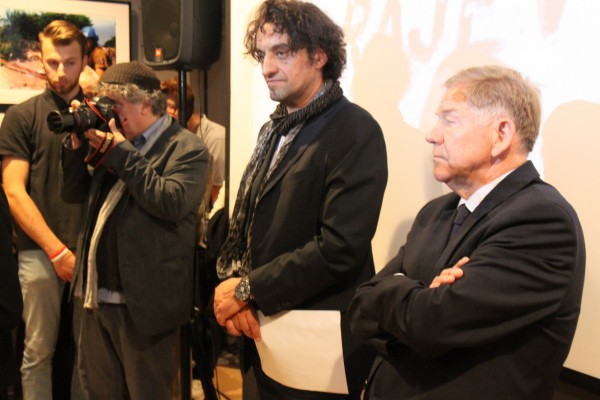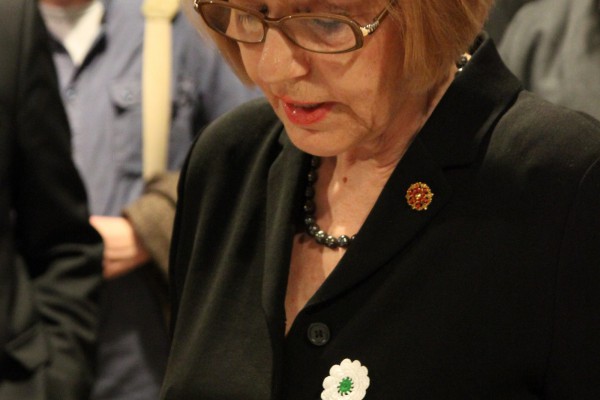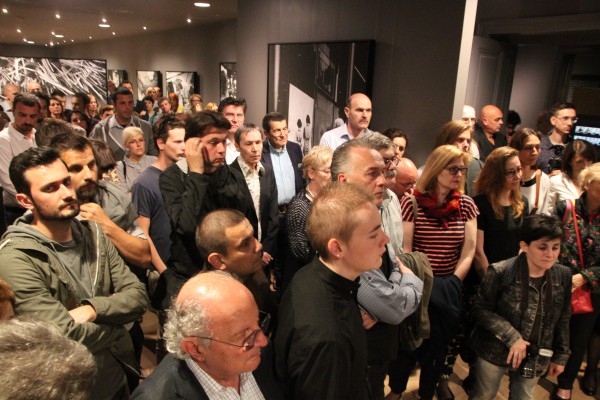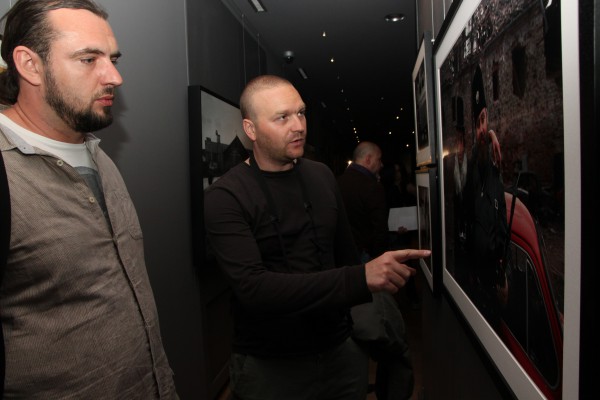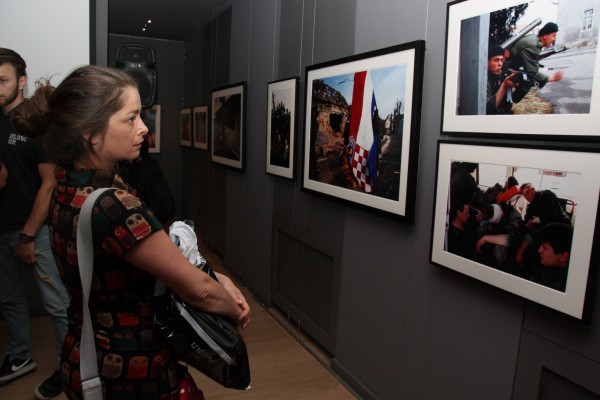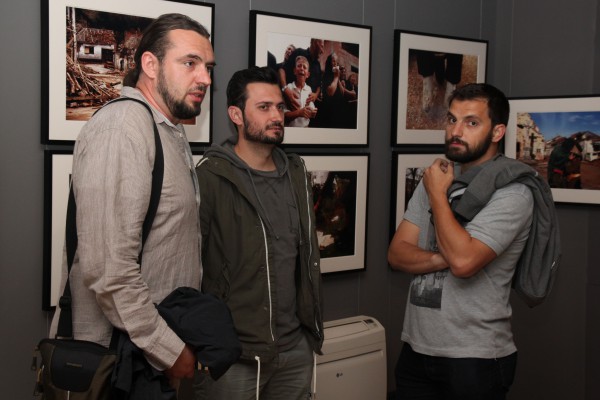Blood and Honey – A Balkan War Journal is Ron Haviv’s document of the conflict in Yugoslavia in the 1990s. From the first outbreak of war in 1991 to the turmoil in Kosovo, Haviv produced images that depicted both the urgency and the tragedy of war.
“I watched the war start and listened to these predictions. Originally my work was intended as news photographs. I hoped to draw attention to the situation, to help provoke the world to react, to prevent what the people of Yugoslavia had predicted. Unfortunately, I wasn’t able to do that. The war spread, engulfing all the regions the people of the former Yugoslavia said it would. I saw it through to the end, and today, I hope my work stands as a testament to the war. It is an accusation to those who had the power to do something, yet stood by and did nothing as hundreds of thousands died and millions more became refugees.” Ron Haviv
In the last three decades, Haviv has covered more than twenty-five conflicts in over one hundred countries. His work in the Balkans, which spanned over a decade of conflict, was used as evidence to indict and convict war criminals at the International tribunal in The Hague. President H.W. George Bush cited Haviv’s chilling photographs documenting paramilitary violence in Panama as one of the reasons for the 1989 American intervention.
